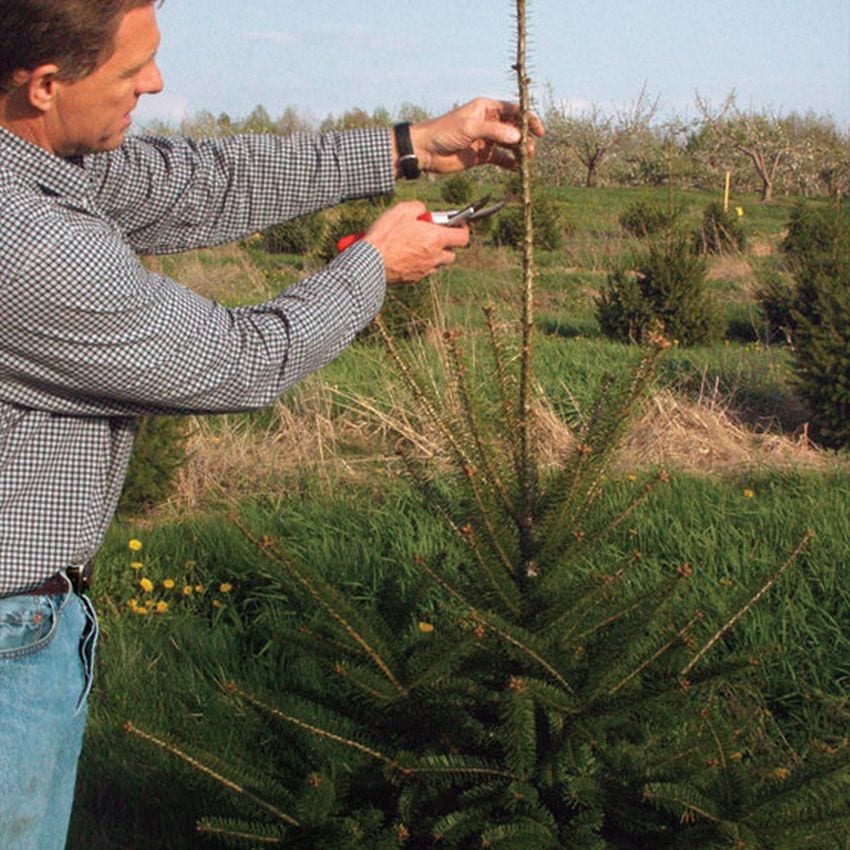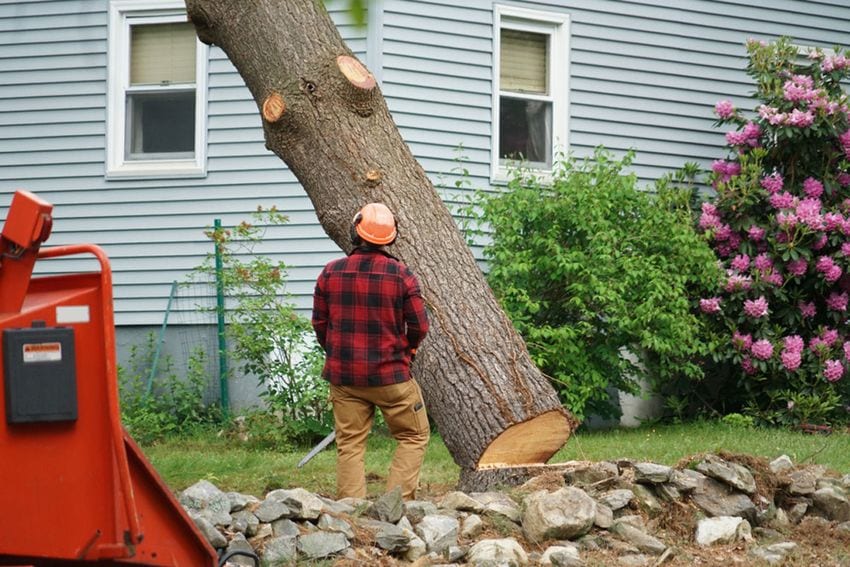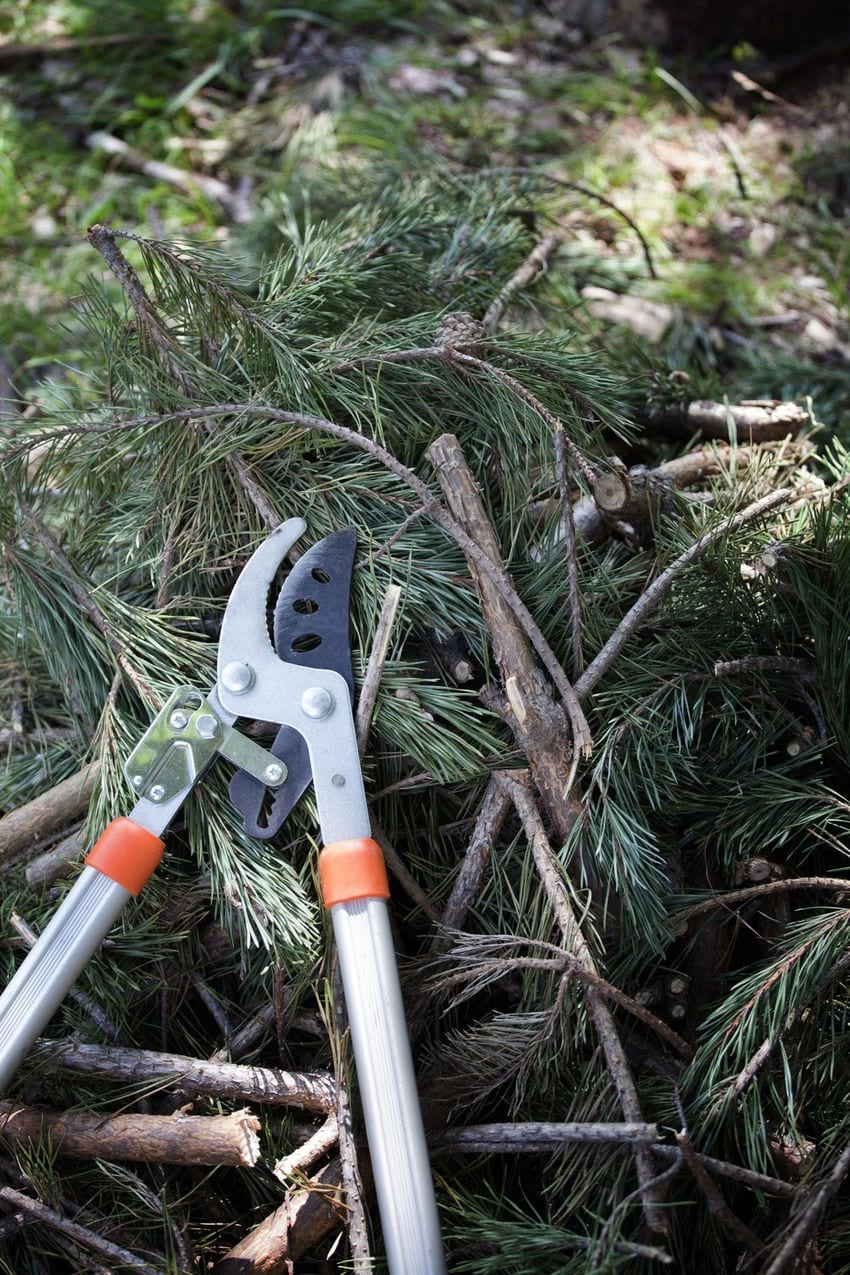If you’re planning on cutting down a tree in your backyard, you need to give some thought to what you will do with the stump afterward. Once you remove the tree above ground, half the tree is still alive below ground and can re-shoot.
Fortunately, unlike most trees, pine trees rarely grow again once they’ve been rendered into stumps, though a pine tree re-growing is not unheard of, especially if the root system is intact. As a general rule, fast-growing trees can regrow, while slow-growing trees don’t.
Pine trees are somewhere around the middle.
Page Contents
How Do You Stop the Stump from Re-growing?

source:finegardening.com
If you find yourself with a pine tree stump and would rather not have it re-grow, short of pulling it out of the ground, there are ways for you to prevent it from growing back again. John from treeserviceremoval.com shares with us that the trick is to treat the tree stump immediately after it has been cut down. While there are cheap home remedies you can use, such as bleach, Epsom salt, vinegar, and boiling water, they aren’t very reliable. Commercial tree killers are the best way to go if you want to be rid of the stump completely.
How Much Does Pine Tree Removal Cost?

source:homeguide.com
If you’re bent on taking down that pine tree in your backyard, you can hire someone to have it cut down. This can cost you a bit, though, and the price depends mostly on the height and the overall size of the pine tree. On average, the cost to cut down a 40-foot pine tree is about $1,900 (according to www.gotreequotes.com). The price can shoot up dramatically beyond this, with 80-foot pine trees costing a whopping $4,500 or more.
For an extra cost, you can also hire these professionals to remove the tree stump once they’re done with the rest of the tree. Grinding down the tree stumps can cost you anywhere between $80 to $140 extra, depending on the diameter of the stump itself.
Is Tree Removal Cheaper in Winter?
If the tree you’re looking to cut down isn’t particularly rotten, or if you have time to wait, you can always have it cut down during winter. Winter is the best time to have trees pruned or cut down since most removal companies aren’t too busy during this season. They call this the “dormant season” and usually runs between December to March when tree removal companies are willing to cut prices in order to have a steady flow of business. Trees also take much less effort to cut during this dormant season, since there are no leaves to worry about, but since pine trees are evergreens, you’re out of luck.
During this season, you might get as much as 25% off or more on the price of removal. Of course, if you notice that the pine tree is at any risk of falling, or is rotting badly, it’s best just to have it cut down as soon as possible. The amount you could save to have it done during winter wouldn’t be worth it if your house or property suffers damage.
Is It Worth It Hiring a Professional?

source:thespruce.com
Since you have a rough estimate of how much you might have to pay, you are probably wondering if it’s at all worth it hiring a professional. The short answer is yes. Unlike most maintenance work you do at home, such as painting or plumbing, cutting down a tree or simply pruning requires certain skills that can be difficult to get, even with the advent of video tutorials on the internet. Most of these skills are also only attainable through years of experience.
Another thing a professional can offer to the table is their planning skills, and when you’re forced to deal with tree removal, planning is essential. This includes understanding the tools, how to deal with the aftermath, and making sure to minimize any damage that they or the homeowner might have to deal with.
Is it safe to DIY?

source:gardeningknowhow.com
There are plenty of yard or landscape improvements you can do on your own, and you can save a lot of money in the process. Tree removal may not be one of them, though. The amount of money you might save will be meaningless if you end up injuring yourself. While smaller trees are easy enough to handle on your own, if you need to put up a ladder in order to reach any of the branches, then the tree in question is too tall for you, and it’s not safe to DIY. You will need a professional.





